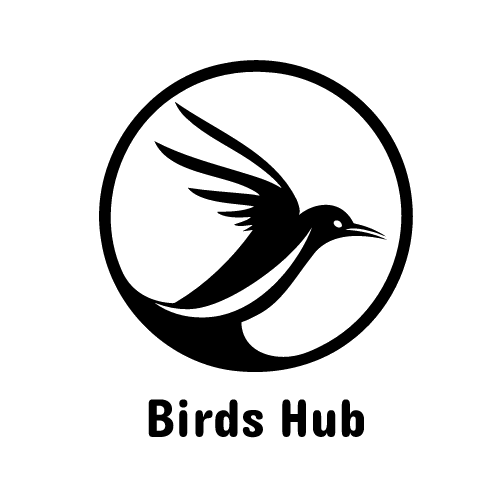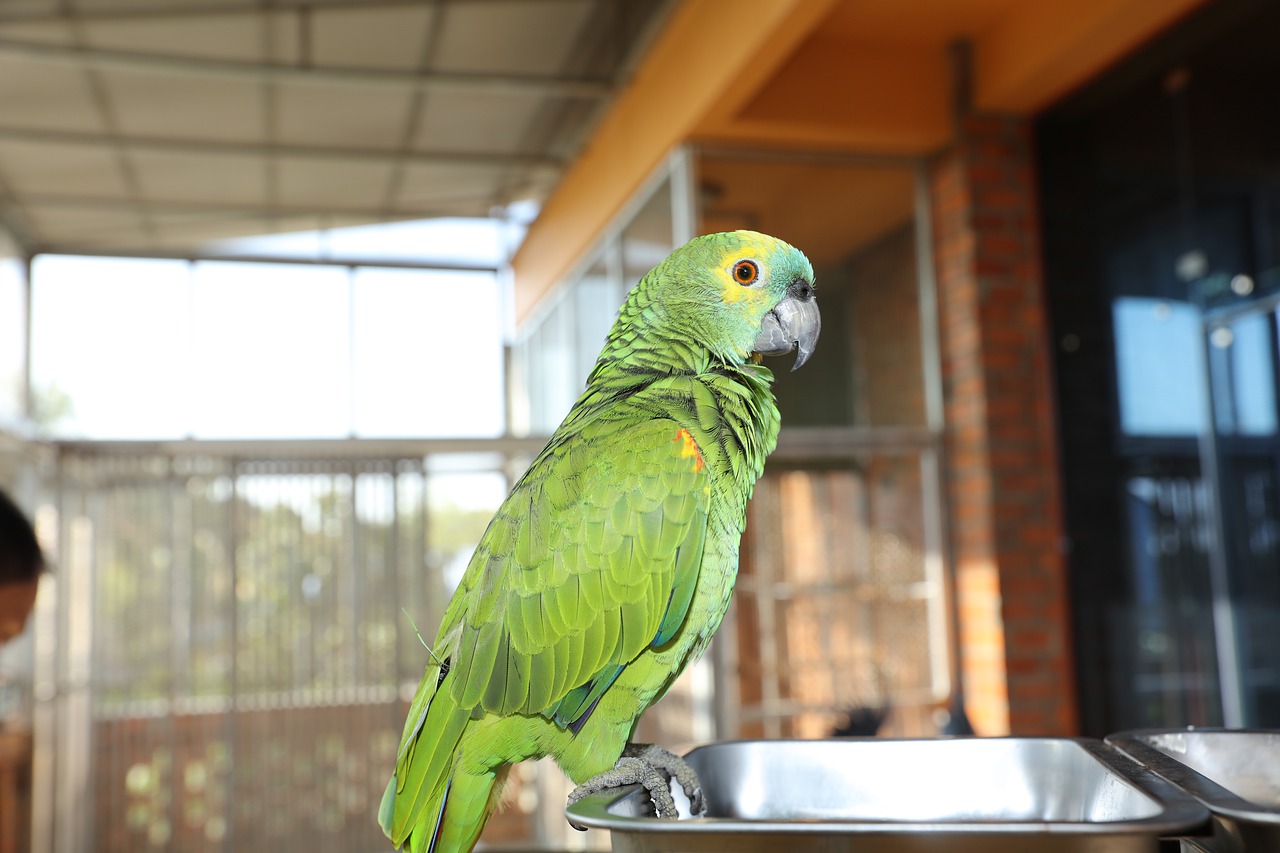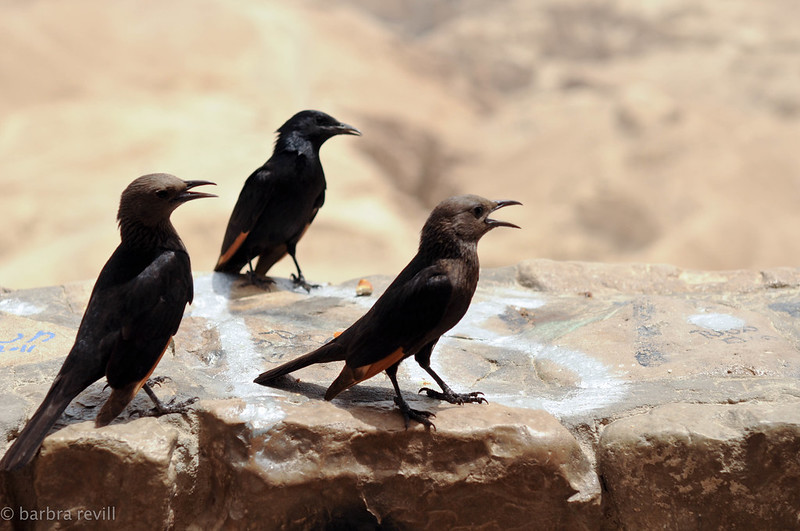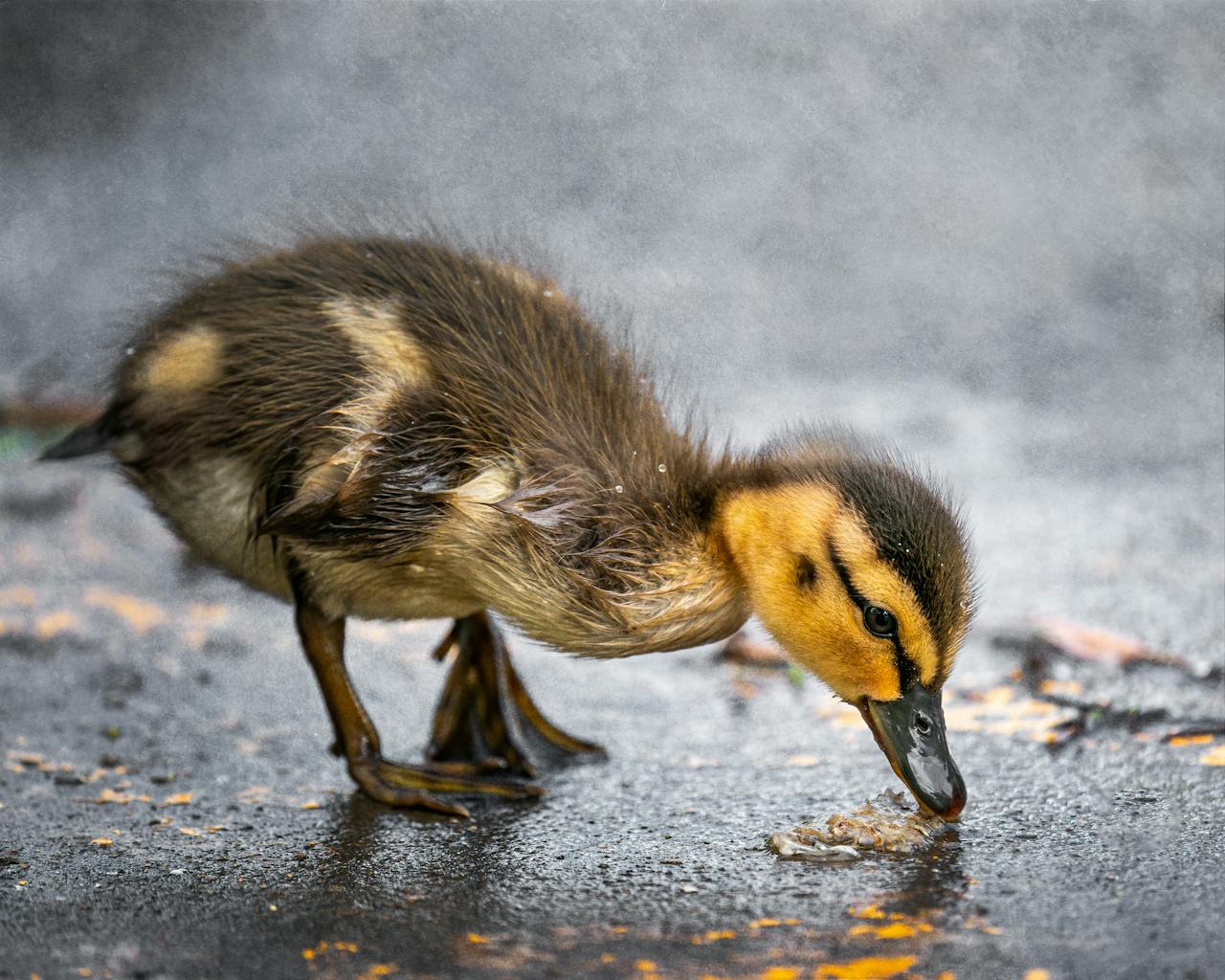Birds are incredibly intelligent animals. They are also some of the most adaptable creatures on Earth so it makes sense that they can learn to speak human languages.
Birds like parrots can learn to imitate sounds they hear from their owners and other people. Imitating sounds is a form of communication for birds because it helps them identify predators and locate food sources. Birds make a variety of calls that help them communicate with each other as well as inform other nearby birds where food can be found.
In any case, scientists still can’t explain how it’s possible for birds to talk, but they are sure that this ability does exist.
What Makes Birds Able to Talk?
Language is a complex phenomenon, which humans mastered only in the last 100k years or so. It’s widely believed that our species’ ability to speak is related to the development of our brains – as they grew bigger, capable of more complex thoughts and processing, we were able to form more sophisticated communication systems.
In a nutshell, birds have the same ability for language as humans do, but their vocal chords are different from ours. Luckily for us, their speaking capabilities are pretty similar to ours – they can imitate sounds and make them contextually relevant.
Birds have different organs than humans that are able to produce speech-like sounds: their syrinx and their tongue. This is what makes them so special. Birds have a syrinx that is located at the bottom of their trachea, or windpipe. It is made up of cartilage and membranes that vibrate when air passes through it. Their tongues have specific muscles that make them move in specific directions and ways.
Do Birds Understand Humans?
Birds are intelligent creatures and many people claim that they understand us. It is hard for us to know what a bird is thinking, but we can watch their behavior and draw some conclusions.
The truth is that birds are not the unintelligent creatures that people assume they are. In fact, they have an impressive ability to understand human communication.
The sounds of words like “hello” and “bye-bye” can be learned by birds just as they can by humans. A parrot called N’kisi, for example, has been trained to speak over 1,000 words in English and has communicated with his trainer using sentences including “I love you,” “Let’s go for a walk,” and “There’s a man with a gun.”
Research into the intelligence of animal communication has revealed that parrots can even understand what humans intend to communicate—even when the words are not said out loud or written down. For example, N’kisi’s owner used to play recordings of her voice on tape recorders placed around his home during the day while she was at work. One day, she had a phone conversation with someone about visiting N’kisi. The next day when she came to visit him, he greeted her at the door saying “Hello!” Another time, when she was talking about leaving for home in the car with another person, he shouted out “Bye-bye!”
How to Teach Your Pet Bird to Talk?
Trying to teach your pet bird to talk can be a fun way to bond with your feathered friend. Birds mimic the sound around them, so it’s easy for them to copy words or phrases that you repeat often. However, birds have small brains, so they are not able to mimic the sounds exactly. They say their own version of the word. Some bird owners say their pets know over 100 different words.
Teaching your pet bird to talk requires patience and practice, but is well worth it! Your bird will be able to express his feelings, and you will have a deeper connection with him.
Birds learn by mimicking their parents and flock members. The best way to teach your bird to talk is to play with him or her every day so your pet has plenty of opportunities to mimic you!
Regardless of your method, focus on one word at a time until you can consistently get your bird to say just what you want it to say before moving on to another word. Once you have taught your bird a few words, you can begin teaching it sentences such as “Hello” or “I love you.” Every word or sentence should be rewarded with food or a treat in order for the bird to associate those words with what they did in order for them to learn faster.
What Is the Most Talkative Bird?
Most people would say that the most talkative bird is the parrot. Parrots are extremely intelligent, and they can mimic human speech very well. The most talkative birds are parrots, closely followed by ravens. Parrots can mimic over 100 words and have been known to hold conversations.
Parrots are able to mimic humans because their vocal cords are so flexible, enabling them to reproduce the tones of human speech. They learn from listening to and mimicking the voices of their owners and other pets. Parrots’ ability to imitate the sounds around them is thought to be a survival mechanism, helping them to avoid predators when working in flocks in the wild.





Leave a Reply